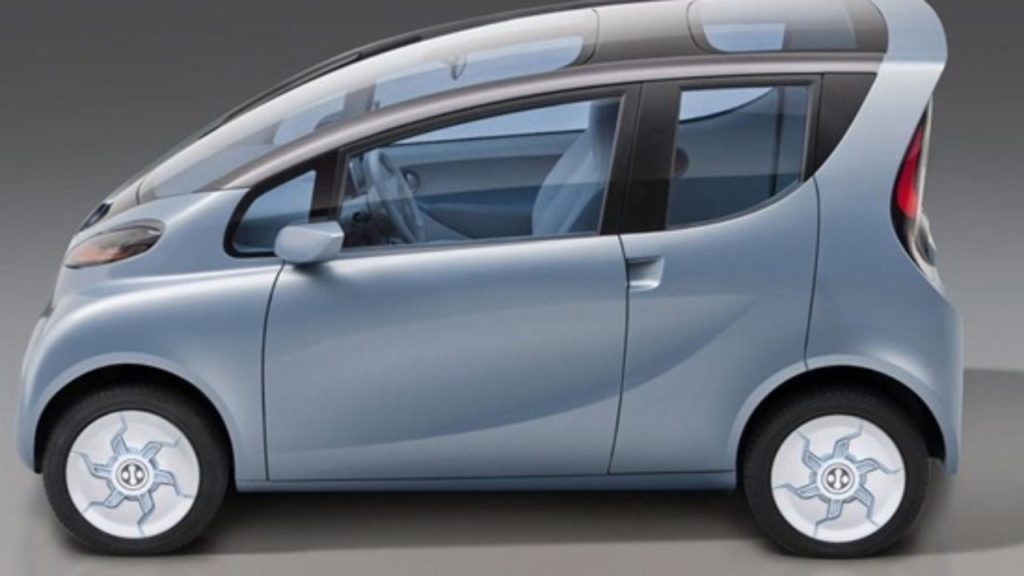This is a Guest post by Mr. Pankaj Gupta, CEO-Mufin Green Finance
The EV financing landscape in India has come a long way since the initial days of EV adoption. Initially, the high upfront costs of EVs and the lack of adequate charging infrastructure has been a chicken and egg story. However, with the introduction of various government schemes and private sector initiatives, the EV financing landscape in India has witnessed a significant transformation.

As the world continues to grapple with the challenges of climate change, India is taking a significant step towards a more sustainable future by promoting the adoption of electric vehicles (EVs). With the government’s ambitious target of achieving 30% EV penetration by 2030, the EV financing landscape in India has been rapidly evolving to support the transition.
The reason for India having the highest number of three-wheelers on the road is not just the high cost of owning a three-wheeler. The economics of using a three-wheeler are also favorable, making it an attractive option for many.
One of the major contributors to the evolving EV financing landscape in India has been the government’s FAME (Faster Adoption and Manufacturing of (Hybrid &) Electric Vehicles) scheme. Launched in 2015, the scheme provides financial incentives to manufacturers, buyers, and charging infrastructure providers to promote the adoption of EVs. Under the scheme, the government provides a subsidy of up to Rs. 1.5 lakh ($2,000) for the purchase of electric cars and up to Rs. 50,000 ($670) for electric two-wheelers. The scheme has been a game-changer for the EV financing landscape in India, making EVs more affordable and accessible for buyers.
In addition to the FAME scheme, the Indian government has also introduced several other initiatives to promote EV adoption. The government’s aim to have 1,000,000 public charging stations by 2030 has encouraged private sector investment in EV charging infrastructure. Various state governments have also launched their own EV policies to promote the adoption of EVs in their respective states.
In addition to banks, non-banking financial companies (NBFCs) have also played a significant role in the evolving EV financing landscape in India. NBFCs provide financing solutions to buyers who may not be eligible for loans from traditional banks due to factors such as low credit scores or lack of collateralin the commercial vehicle space.
NBFCs have launched various financing schemes for EVs Phygital journey, better rates options, and quick loan processing. These schemes have made EVs more accessible to a wider audience and have helped in increasing the adoption of EVs in India, designed basis the income patterns or repayment behaviour or capacity.
Mufin Green has been able to understand the EV Ecosystem requirement to a great extend. Apart from financing, NBFCs are also involved in leasing and subscription models for EVs. These models allow customers to use EVs without owning them, which can be an attractive option for those who are hesitant to make a long-term commitment to an EV. These models also offer the flexibility of upgrading to newer models or returning the vehicle at the end of the lease/subscription period.
We possess a deep understanding of the product requirements and financial risk coverage needed by B2B players. Leveraging this knowledge, we are able to design customized products tailored to the specific needs of different players.
In conclusion, the evolving EV financing landscape in India is a testament to the country’s commitment to creating a sustainable future. The government’s initiatives, private sector players, and NBFCs have all played significant roles in promoting the adoption of EVs in India. The financial incentives, financing solutions, and leasing/subscription models have made EVs more affordable and accessible to a wider audience.
However, there are still some challenges that need to be addressed, such as the lack of awareness and education about EVs among buyers and the limited availability of charging infrastructure in certain regions. The government and private sector players need to work together to create awareness, promote the adoption of EVs, and develop the necessary infrastructure to support EVs.
The potential benefits of a transition to EVs in India are numerous, including reduced air pollution, decreased dependence on fossil fuels, and job creation in the EV industry. With the continued support of the government and private sector players, India is well on its way to achieving its ambitious target of 30% EV penetration by 2030. The evolving EV financing landscape in India is a crucial component of this transition and is a positive sign for the country’s sustainable future.













